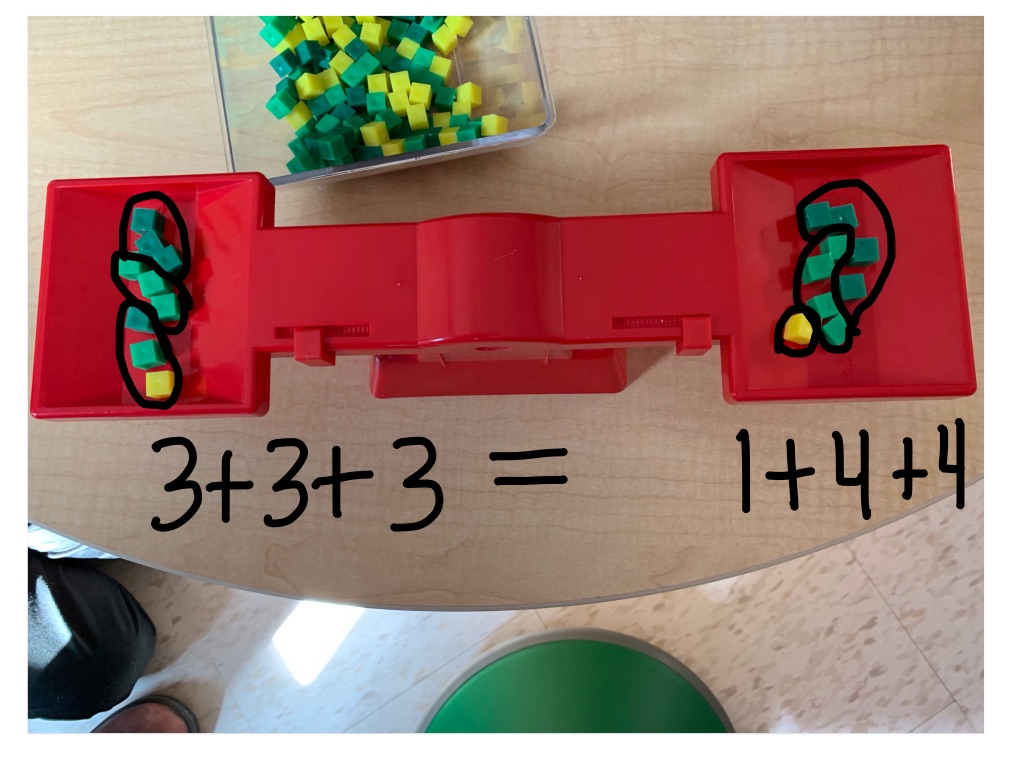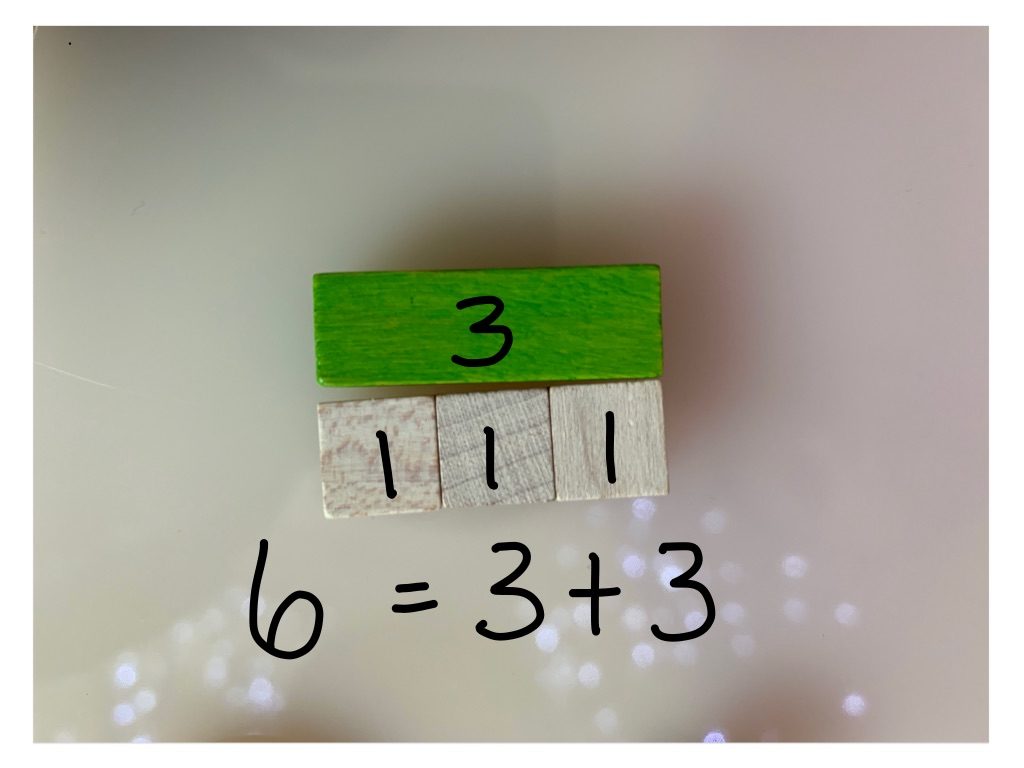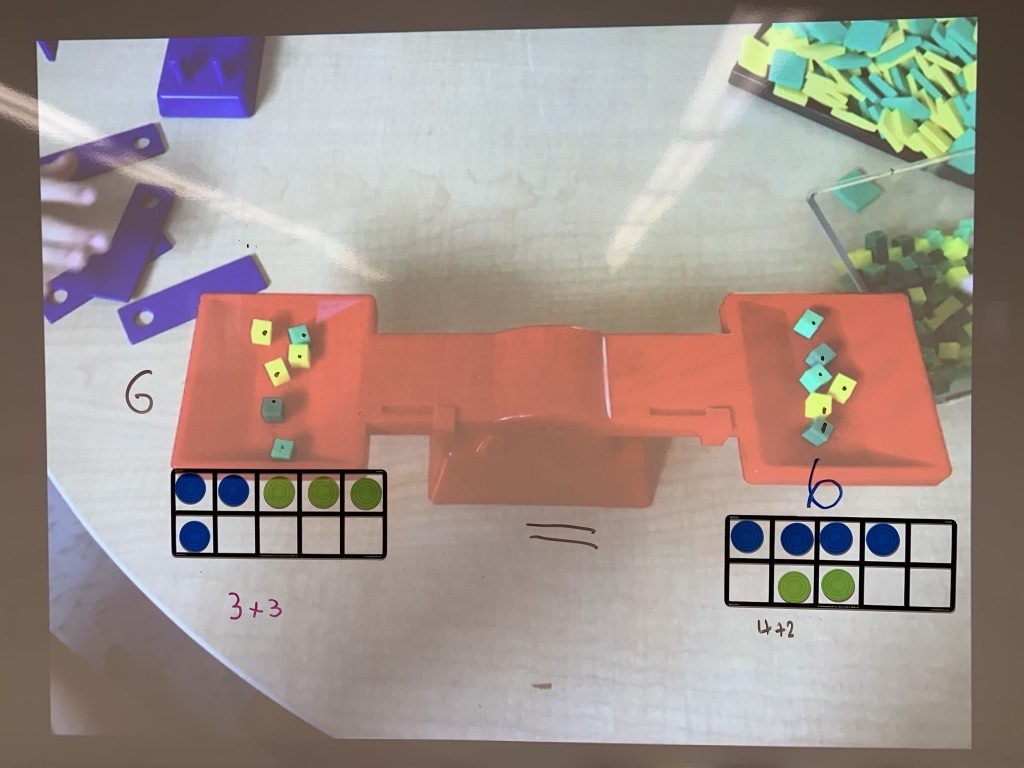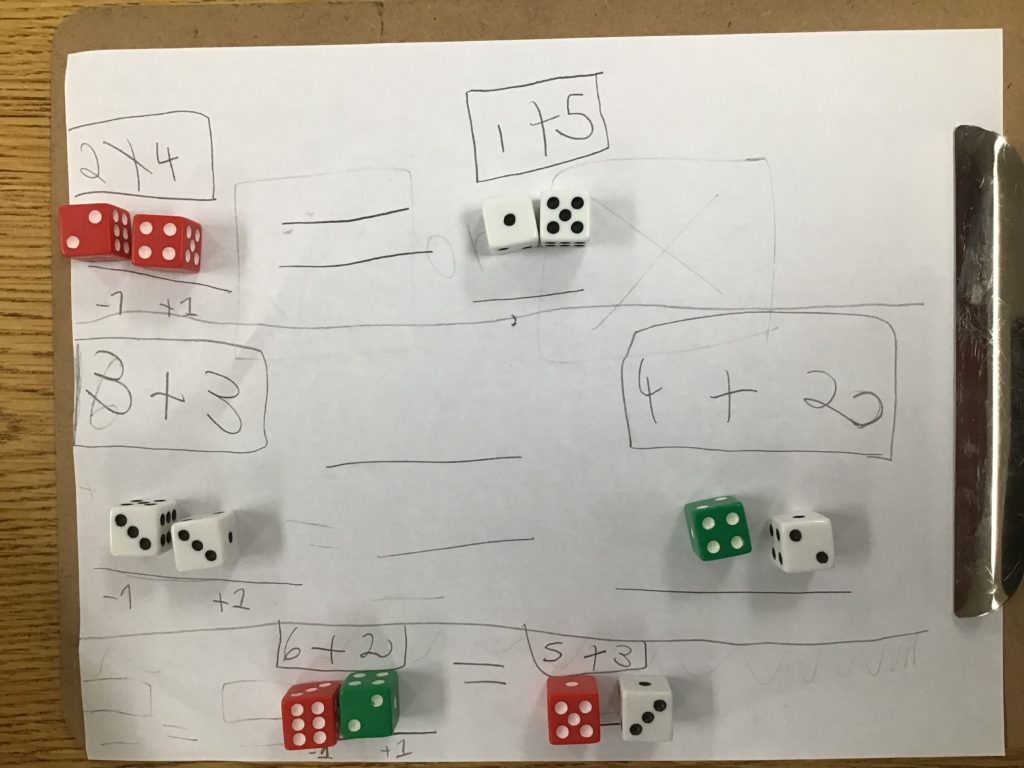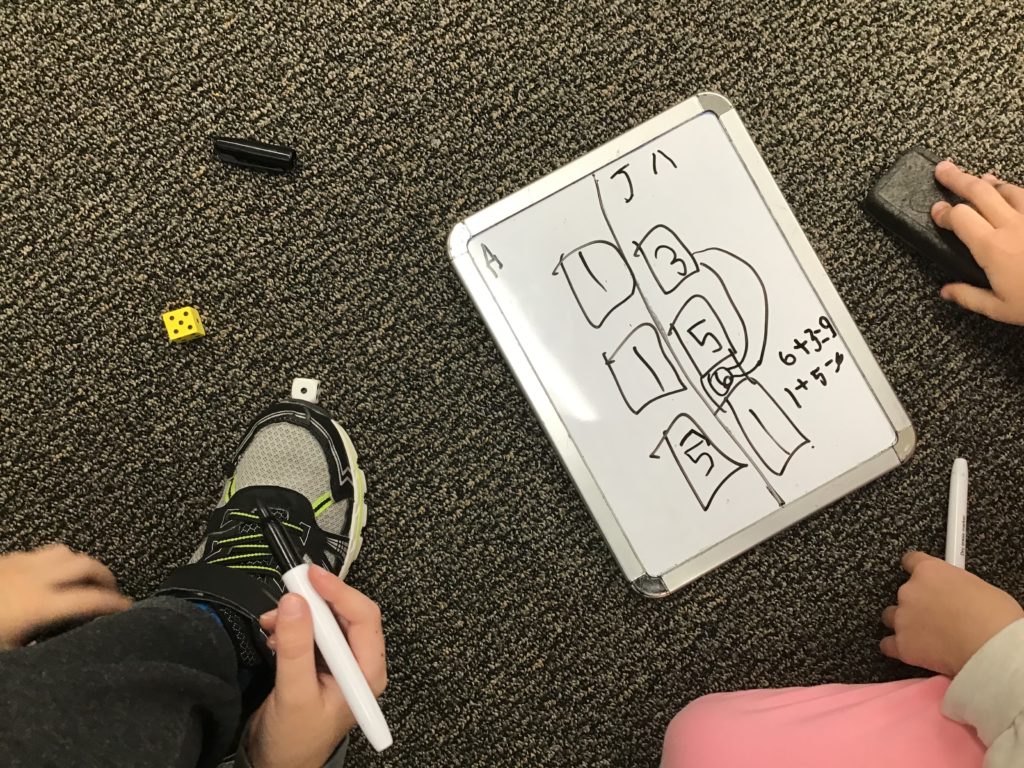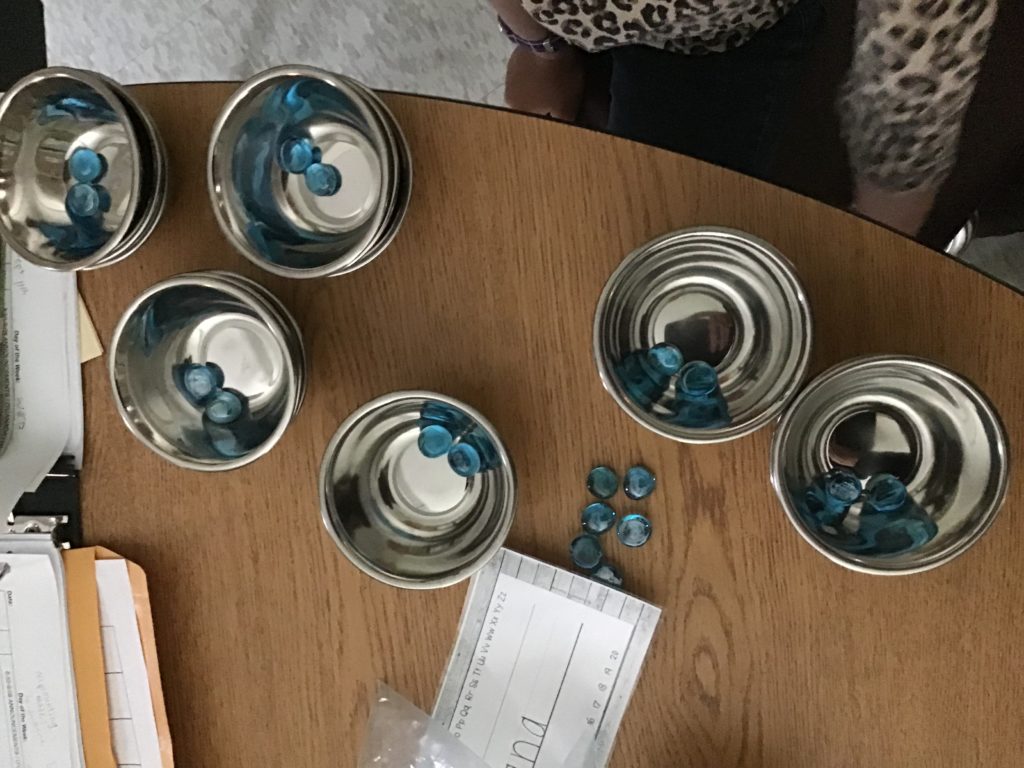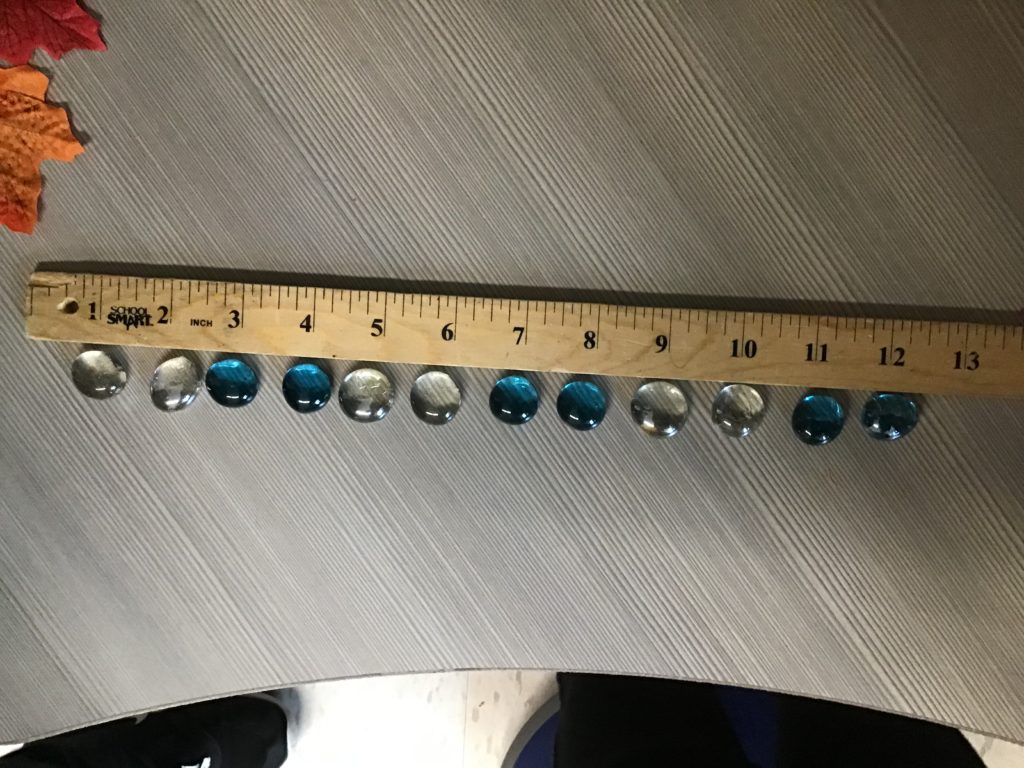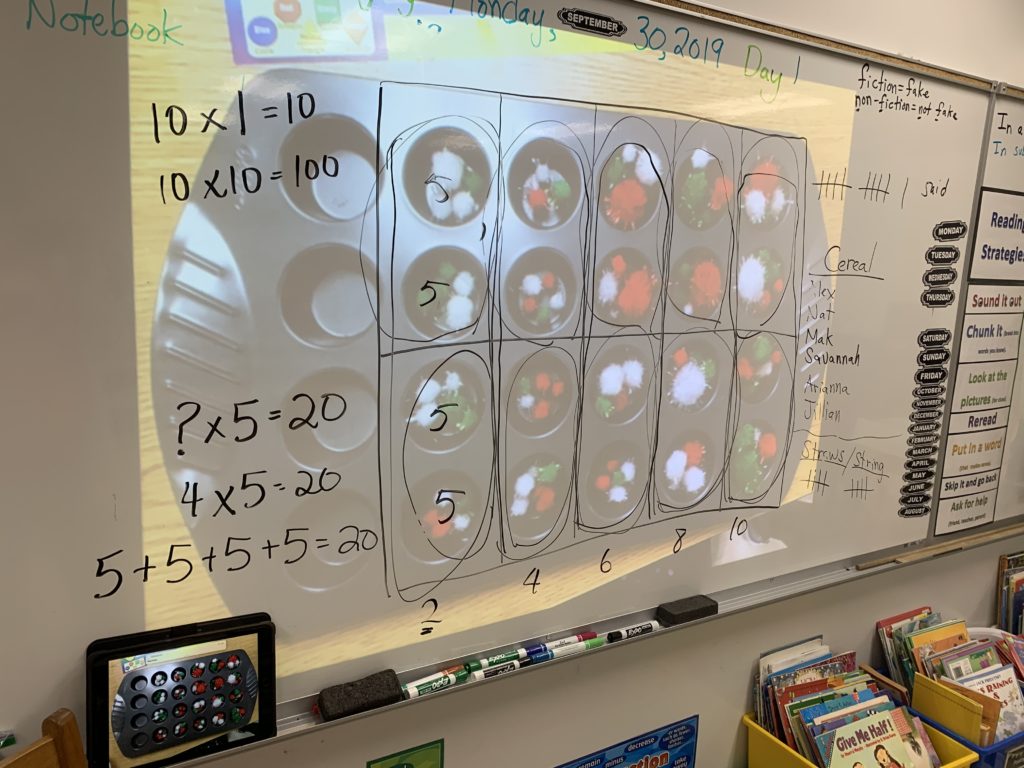About 30% of students in grade 3, in Hanover School Division, meet grade level expectations in the area of Algebraic Reasoning according to the Provincial Grade 3 Assessment results. For the last two years, grade 1 -3 teachers across HSD have been inquiring into why this might be and what we, collectively, can do to change this. We believe we can impact student learning and understanding in this area, together! We have several hypothesis we’ve been testing out collaboratively in pockets around the division. The last three months, I’ve been working together with Woodlawn grade 3 teachers on furthering this teacher inquiry.
Teachers in Woodlawn School have been exploring ways to collect the grade 3 assessment data that honours children as learners, meets their own goals of assessing for report cards, and allows for provincial data collection. The Grade 3 Assessment has often been seen as an “extra,” something to do that doesn’t get at grade 3 curriculum and takes time away from learning about grade 3 outcomes. There are ways to streamline this data collection and use the information to help you learn about your students’ understandings and plan for next steps.
In Woodlawn, teachers are shifting their understanding of what the assessment is for and how it can be imbedded in their daily practice and inform their classroom programming.
Some of the things we have tried together have been: counting collections, number talks, equality provocations and explorations and patterning provocations and explorations.
See links below for some of the things we’ve tried, math tasks related to what is being assessed on the Grade 3 Assessment, data collection forms and learning to further your conceptual understanding of the content.
Counting Collections (includes look fors, ideas, information, etc)
Grade 3 Assessment PD for grade 1 and 2 teachers (folder with tasks, look fors, etc.)
